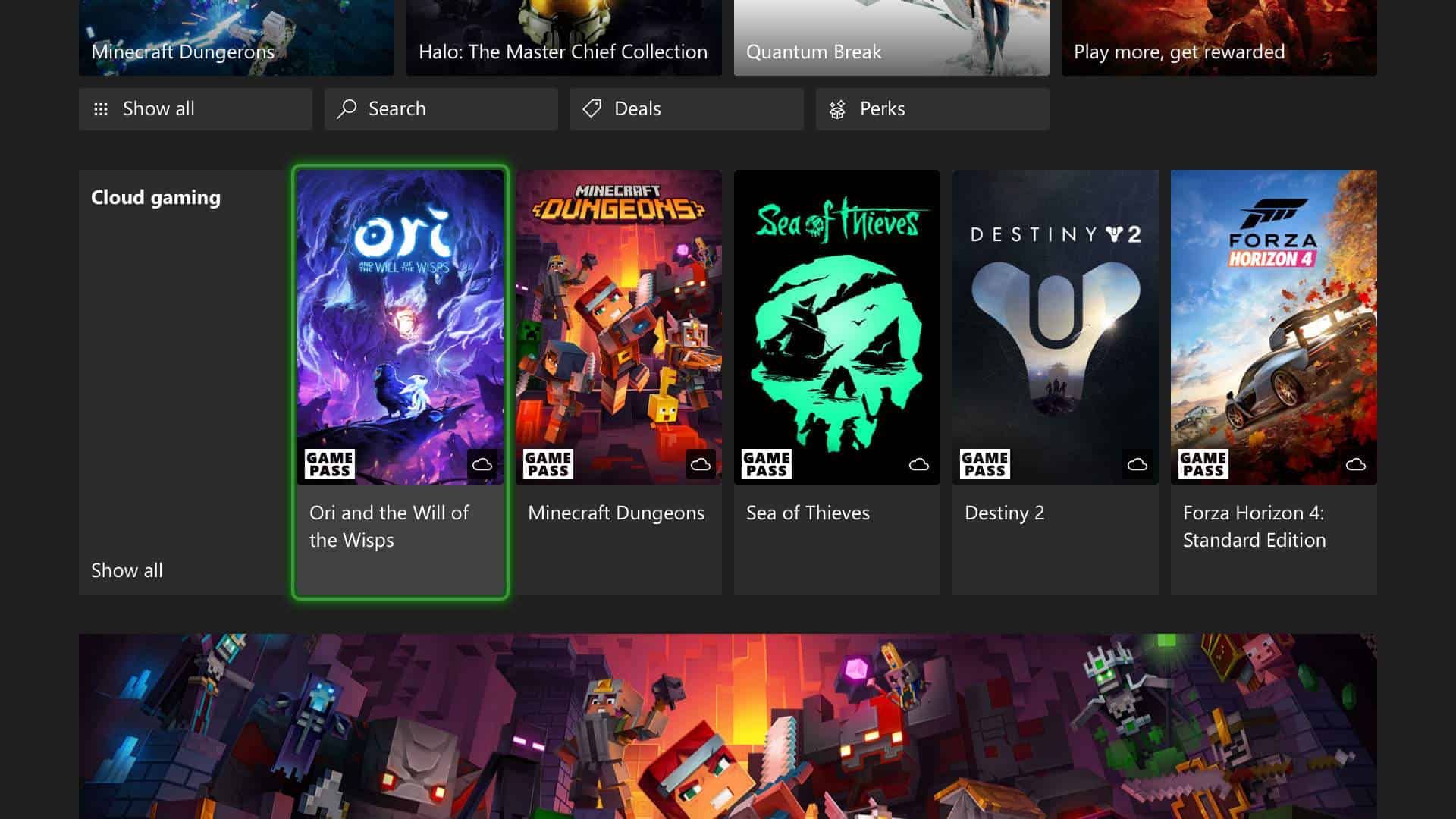As we step into 2024, the gaming industry is witnessing a remarkable transformation with the evolution of cloud gaming. This innovative technology allows players to stream their favorite games directly to their devices, eliminating the need for high-end hardware and lengthy downloads. With advancements in internet speeds and cloud infrastructure, gamers can now enjoy seamless gameplay experiences from virtually anywhere. In this article, we will delve into the intricacies of cloud gaming, exploring its impact on accessibility, game variety, and the overall gaming experience.
In the following sections, we will examine the key players in the cloud gaming market, including major platforms and their unique offerings. You will learn about the technological advancements that have made cloud gaming a viable option for millions of players worldwide. Additionally, we will discuss the challenges that still lie ahead, such as latency issues and the need for robust internet connections. By understanding these elements, you will gain a comprehensive view of how cloud gaming is reshaping the future of interactive entertainment.
Whether you are a casual gamer or a dedicated enthusiast, this exploration of cloud gaming in 2024 promises to provide valuable insights into the future of gaming. Join us as we uncover the trends, innovations, and potential of streaming your favorite games, and discover how this evolution is set to redefine your gaming experience. Read on to stay ahead in the ever-changing world of gaming technology!
Cloud gaming has rapidly transformed the way we experience video games, allowing players to stream their favorite titles without the need for high-end hardware. As we move into 2024, the evolution of this technology continues to shape the gaming landscape. This article explores key aspects of cloud gaming, highlighting its growth, challenges, and future potential.
The Rise of Cloud Gaming Platforms
In recent years, several cloud gaming platforms have emerged, each offering unique features and game libraries. Services like NVIDIA GeForce NOW, Google Stadia, and Xbox Cloud Gaming have made it easier for gamers to access a wide range of titles without the need for expensive consoles or PCs. This democratization of gaming has attracted a diverse audience, from casual players to hardcore enthusiasts.
As these platforms evolve, they are increasingly focusing on user experience, offering seamless integration with existing gaming libraries and social features. The competition among these services is driving innovation, leading to improved streaming quality and reduced latency, which are crucial for an enjoyable gaming experience.
Technological Advancements in Streaming
The backbone of cloud gaming is the technology that enables high-quality streaming. In 2024, advancements in 5G networks and edge computing are set to revolutionize the way games are streamed. With lower latency and higher bandwidth, players can expect a more responsive gaming experience, even in fast-paced titles.
Moreover, improvements in compression algorithms and video encoding techniques are allowing for higher resolution streaming without sacrificing performance. These technological strides are essential for maintaining the immersive experience that gamers expect, making cloud gaming a viable alternative to traditional gaming setups.
The Impact of Subscription Models
Subscription-based models have become a popular way for gamers to access a vast library of titles for a fixed monthly fee. Services like Xbox Game Pass and PlayStation Now have set the stage for this trend, allowing players to explore new games without the financial commitment of purchasing each title individually.
This shift towards subscription models not only benefits gamers but also developers, as it encourages more players to try out new games. As the industry continues to embrace this model, we can expect to see more innovative pricing strategies and exclusive content aimed at attracting subscribers.
Challenges Facing Cloud Gaming
Despite its rapid growth, cloud gaming faces several challenges that could hinder its widespread adoption. One of the primary concerns is the reliance on a stable internet connection. Players in areas with limited bandwidth or high latency may experience lag, which can significantly impact gameplay.
Additionally, the issue of game ownership is a contentious topic. Many gamers are concerned about the implications of streaming games rather than owning physical or digital copies. As the industry navigates these challenges, finding solutions that address player concerns will be crucial for the future of cloud gaming.
The Role of Game Developers
Game developers play a pivotal role in the success of cloud gaming. As more studios embrace cloud technology, we are likely to see a shift in how games are designed and optimized for streaming. Developers must consider factors such as latency, bandwidth, and server load when creating games for cloud platforms.
Furthermore, partnerships between cloud gaming services and developers can lead to exclusive titles and early access opportunities, enhancing the appeal of these platforms. As the relationship between developers and cloud services strengthens, we can expect a more diverse range of games tailored for streaming.
The Future of Cross-Platform Play
Cross-platform play has become a significant trend in the gaming industry, allowing players to connect and compete regardless of their chosen platform. Cloud gaming is poised to enhance this experience by enabling seamless cross-platform play across devices.
As cloud gaming services continue to evolve, the ability to play games on various devices—such as smartphones, tablets, and smart TVs—will become increasingly important. This flexibility not only broadens the player base but also fosters a more inclusive gaming community.
The Social Aspect of Cloud Gaming
Cloud gaming is not just about playing games; it’s also about connecting with friends and building communities. Many cloud gaming platforms are incorporating social features that allow players to share experiences, join multiplayer sessions, and communicate in real-time.
These social elements enhance the overall gaming experience, making it more engaging and interactive. As cloud gaming continues to grow, the emphasis on social connectivity will
| Aspect | Description |
|---|---|
| Definition | Cloud gaming allows players to stream and play video games over the internet without the need for powerful hardware. |
| Technology Advancements | Improvements in internet speeds, latency reduction, and server technology have enhanced the cloud gaming experience. |
| Major Players | Companies like Google (Stadia), Microsoft (Xbox Cloud Gaming), and NVIDIA (GeForce NOW) are leading the market. |
| Subscription Models | Many services offer subscription-based access, allowing players to access a library of games for a monthly fee. |
| Game Library | In 2024, cloud gaming platforms are expected to feature an extensive library, including AAA titles and indie games. |
| Cross-Platform Play | Cloud gaming enables cross-platform play, allowing users to play with friends on different devices. |
| Challenges | Issues such as internet dependency, data caps, and latency still pose challenges for widespread adoption. |
| Future Trends | Emerging technologies like 5G and edge computing are expected to further improve the cloud gaming experience. |



